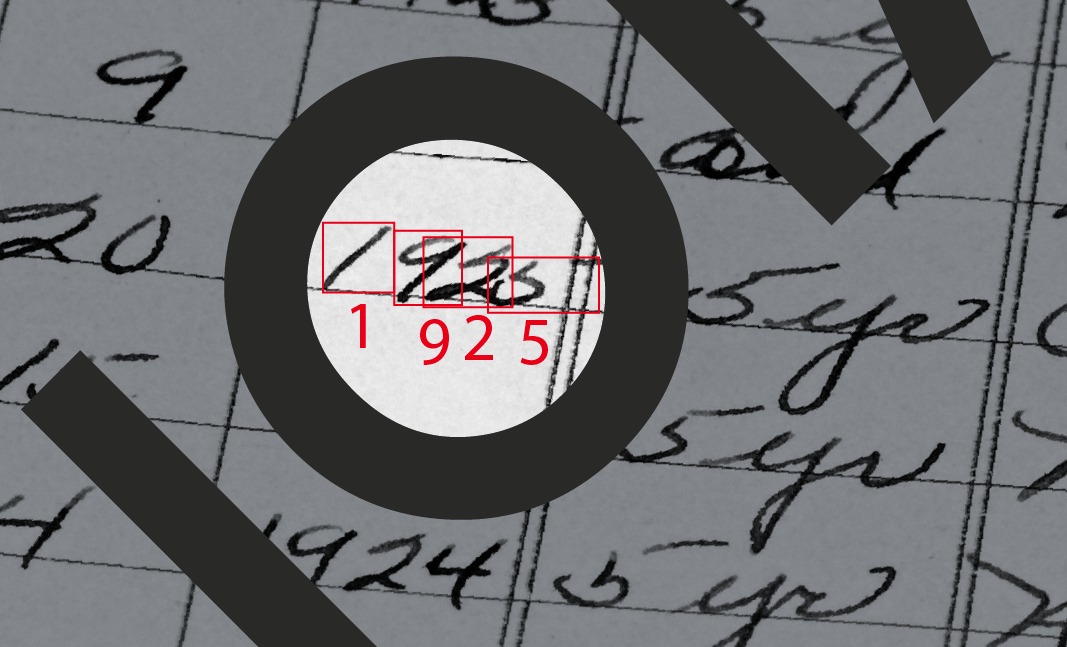Handwriting recognition technology, also known as Handwritten Text Recognition (HTR), has witnessed significant advancements in recent years, revolutionizing various industries and domains. From automated data entry to digital note-taking, the applications of HTR are diverse and far-reaching. In this article, we’ll explore the applications of handwriting recognition technology across different sectors and the challenges faced in its implementation.
Applications of Handwriting Recognition Technology
Digital Note-taking and Annotation
One of the most common applications of handwriting recognition technology is in digital note-taking and annotation. With HTR-enabled devices and software, users can seamlessly convert handwritten notes into editable and searchable digital text. This functionality is particularly useful for students, professionals, and researchers who prefer the flexibility and convenience of handwritten notes but require the benefits of digital organization and searchability.
Automated Data Entry and Forms Processing
Handwriting recognition technology plays a crucial role in automating data entry and forms processing tasks in various industries, including finance, healthcare, and logistics. By recognizing handwritten text on forms, invoices, and other documents, HTR systems can extract relevant information accurately and efficiently. This streamlines data entry processes, reduces manual errors, and enhances productivity across organizations.
Handwritten Text Translation
Handwriting recognition technology enables the translation of handwritten text into different languages, facilitating communication and collaboration across linguistic barriers. Whether it’s translating handwritten letters, notes, or documents, HTR systems can accurately convert the text into the desired language, opening up new opportunities for global connectivity and information exchange.
Historical Document Digitization
In the field of cultural heritage preservation and archival, handwriting recognition technology plays a vital role in digitizing historical documents and manuscripts. By converting handwritten texts into digital formats, HTR systems enable researchers, historians, and enthusiasts to access and analyze valuable historical information more efficiently. This not only preserves cultural heritage but also facilitates scholarly research and academic study.
Challenges in Handwriting Recognition Technology
Variability in Handwriting Styles
One of the primary challenges in handwriting recognition technology is the variability in handwriting styles among individuals. Handwritten text can exhibit significant variations in size, shape, slant, and spacing, making it challenging for HTR systems to accurately recognize and interpret the text. Training robust HTR models that can generalize across different handwriting styles remains a major research area in the field.
Noise and Ambiguity in Handwritten Text
Handwritten text often contains noise, distortions, and ambiguities that can pose challenges for handwriting recognition systems. Factors such as smudges, ink blots, overlapping characters, and poor handwriting quality can degrade the accuracy of HTR algorithms. Addressing these challenges requires advanced preprocessing techniques, feature extraction methods, and machine learning algorithms tailored to handle noisy handwritten data effectively.
Language and Script Diversity
Handwriting recognition technology must contend with the vast diversity of languages and scripts used worldwide. Different languages and writing systems exhibit unique characteristics and challenges, requiring specialized approaches for accurate recognition. Developing multilingual and script-agnostic HTR models that can handle diverse linguistic inputs remains a significant research area in cross-cultural communication and information processing.
Contextual Understanding and Semantic Analysis
Recognizing handwritten text goes beyond mere character recognition; it requires understanding the context and semantics of the text. Handwritten documents often contain contextual cues, such as diagrams, sketches, and annotations, which influence the interpretation of the text. Integrating contextual understanding and semantic analysis capabilities into HTR systems remains a complex challenge, particularly in applications where context plays a crucial role, such as medical handwriting recognition and legal document processing.
Conclusion
Handwriting recognition technology holds immense potential across various applications, from digital note-taking to historical document digitization. However, its widespread adoption is hindered by challenges such as variability in handwriting styles, noise in handwritten text, language diversity, and contextual understanding. Addressing these challenges requires interdisciplinary research efforts combining expertise in computer vision, machine learning, linguistics, and human-computer interaction. Despite the hurdles, ongoing advancements in handwriting recognition technology continue to push the boundaries of what is possible, paving the way for innovative solutions and applications in the years to come.

